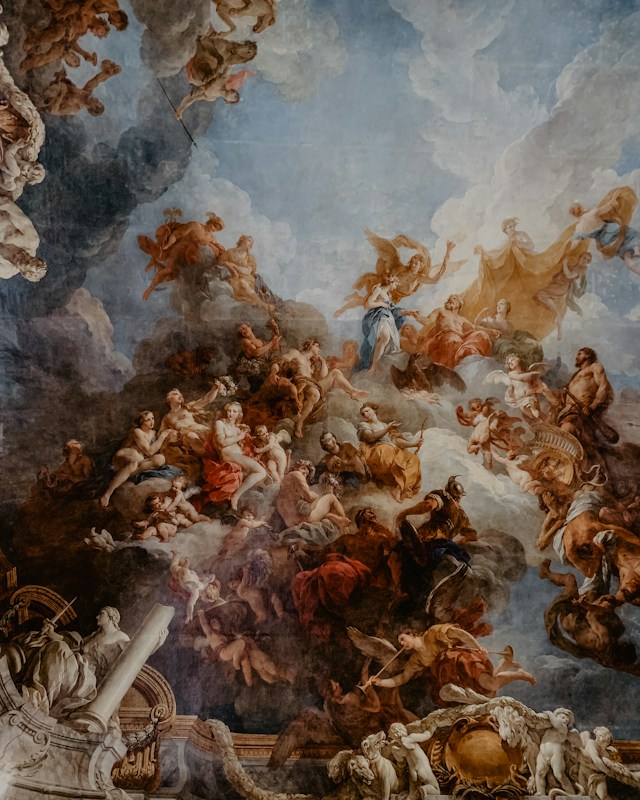“The Death of the Artist” by William Deresiewicz approaches art as a kind of misfit star child. Art is an outsider to the real world, a world run by corporations, competing careers, and ultimately, money. Art in this context, must struggle to survive and find a useful place within this rigid structure, providing value that somehow measures up to what is an inherently subjective phenomenon.
Deresiewicz explores this dynamic in the opening paragraph of the second chapter, titled Art and Money, saying: “A chapter with the title this one carries should be very short. One sentence really: art has nothing to do with money, should have nothing to do with money, is defiled by contact with money, is degraded by the very thought of money.” And it is true. Money gets in the way of art. The very necessity of money to create art is a fundamental flaw in an aspect of life that should be given as accessible as air or speech. When money steps into the picture everything is complicated.
“‘Can you make works that are just from you, just from your soul, just something you need to make,’ and survive as an artist today?”
Lisanne Pajot, as quoted by Deresiewicz.
Money brings questions. Questions like who is funding the art, and what are their true intentions? This is pure speculation on my part, but it wouldn’t surprise me if most “art” is made for advertising. Is that all still considered art? Is all creativity restricted by the budget of the creator, or are limitations creatively conducive? Money simply gets in between the artists and their work, complicating it, and in a sense making it “impure” as Deresiewicz says. That is why the idea of a starving artist is such a powerful one. A starving artist is pure, for they have not compromised their artistic integrity in exchange for basic necessities, to the point of starvation.

Photo by lukasbieri via pixabay.
All this to say that art is not separate from the rest of the world: “Art is work,” says Deresiewicz, and he is right. It takes effort, and it takes time.
What’s more is that some art is actually more valuable than other art, in the literal sense. Work that resonates with other people will naturally have more monetary value, but does that mean it is any less valuable in the artistic sense? It shouldn’t, but I feel like it probably does. Why else would people learn how to improve their art? Surely they aren’t doing it for a larger paycheck, but instead for the internal satisfaction that comes from making a better creation, a better work of art. The source of reward is internal pride, rather than external compensation. Isn’t it? A lot of art is made with a specific audience in mind, and its value is determined by its resonance with that audience. In this case, the art is, in fact, created for external compensation, or maybe resonance is a better word. Yeah, that sounds more artistic.
Deresiewicz confronts us with the very root of this dilemma, with the help of a quote by Lisanne Pajot: “‘Can you make works that are just from you, just from your soul, just something you need to make,’ and survive as an artist today?” Good question.
As someone who just creates art for the sake of it, I also feel the desire to gather my creative courage and attempt to turn my hobby into a career. To make what I want, when I want, with time and resources at my disposal, all while being paid! Sounds great. The reality is much different.
“The myth that if you don’t succeed, it wasn’t meant to be, which is, of course, a circular argument”
William Deresiewicz
I see it as a luxury, to be able to create art as a full-time job. Like, it’s ridiculous. There are too many jobs out there that need doing, for your food to reach the grocery store, for your packages to arrive, for the world to turn.
So is art dead? Nah. Because it is possible to create art without monetary pressure on the result. As Deresiewicz agrees, making art does not have to be a career. Making art on the side, as a hobby, or for the occasional commission, is still making art. As long as people still have the drive to create without the promise of monetary reward, in my eyes the artist is very much still alive.
Though it would be pretty sweet to write and direct a movie am I right, can’t really do that on the side.
